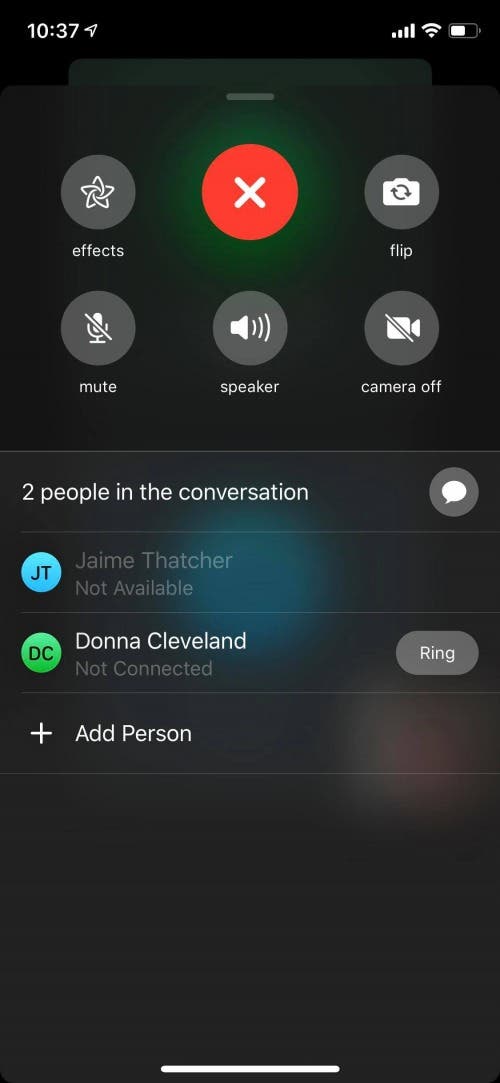
Make sure that FaceTime and Camera are allowed. Go to Content & Privacy Restrictions > Allowed Apps.You may notice that the option for toggling FaceTime ON and OFF is greyed out. It may happen that you are not able to make calls or receive calls because FaceTime because FaceTime options are not available in the Settings menu. Problem 2: FaceTime Options Not Available in Settings See this article to reset network settings on your Mac.On your iPhone or iPad: Go to Settings > General > Reset > Reset Network Settings.Please note that doing so will erase your network settings such as your saved Wi-Fi passwords etc. On your Mac: Click System Preferences, then choose Date & Time.On your iPad or iPhone: Settings > General > Date & Time.You may want to turn on the Set Automatically option. Make sure that the Date and Time settings are set correctly. If the problem is still not fixed, take help from the Apple service center. You should be able to make or receive calls. Once you have set the DNS, save settings and exit. Tap the DNS field and set the DNS as 8.8.8.8 (this is the public DNS of Google). You will see the field which reads ‘DNS’. You will see a number of settings there like IP Address, Subnet Mask, etc.

Tap on the blue arrow you see next t ‘Wi-Fi’.If it isn’t, try Option 3 described below. Once the device restarts, check whether FaceTime is working or not. You will see a slider appear on the screen. Other iPhone and iPad models: Press and hold the Wake or Sleep button on your device.Then press and hold the power button until you see the Apple logo. iPhone X, 11 or later and iPhone with Face ID: Press and hold the power button (side or top) and volume up (or down) buttons together until you see the power off slider.All you have to do is simply restart your device. Now check and see whether FaceTime is working or not. You may also want to check the following articles: If your connection is not strong enough, you may want to see the “ Poor Connection” error. You may want to check your Wi-Fi or cellular connection. Finally, ensure that your internet connection is active and working properly.From there, tap on Restrictions and there ensure that both camera and FaceTime are enabled. Once you have done that, find out whether your device’s camera as well as FaceTime are enabled in the Restrictions settings.Green means enabled, white means not enabled. Ensure that FaceTime is enabled on your device.If FaceTime is available, there are now three options for you: Option 1: Follow the following steps: This support document shows countries where FaceTime is not available. So, crosscheck and find out whether your region is supported or not. Important: The first thing you need to know about FaceTime is that it is not available in all regions. Problem 1: Calls Fail or Receiving and Making Calls Not Possible Note 2: Also make sure that your device is running the latest version of the iOS, iPadOS, and macOS software. Open a browser and visit Apple’s system status site.Note: Before you do anything, check to see if Apple’s FaceTime servers are down. So, take your time to read through this article and see if you can find a solution to your problem(s). If you are facing some problems with FaceTime, these 6 FaceTime calling issues and their fixes might help you. Sometimes FaceTime app won’t show up at all. Calling someone or receiving a call from someone simply won’t work! Sometimes there can be connection errors. Of various types of technical issues, users are mostly haunted by calling issues. But, at times it can actually frustrate its users. As we said, it is an incredibly simple app. Is FaceTime not working as expected? FaceTime is an incredibly simple application that allows users of iPod Touch, iPhone, and iPad to make real-time video and audio calls with other users who also use FaceTime.


 0 kommentar(er)
0 kommentar(er)
